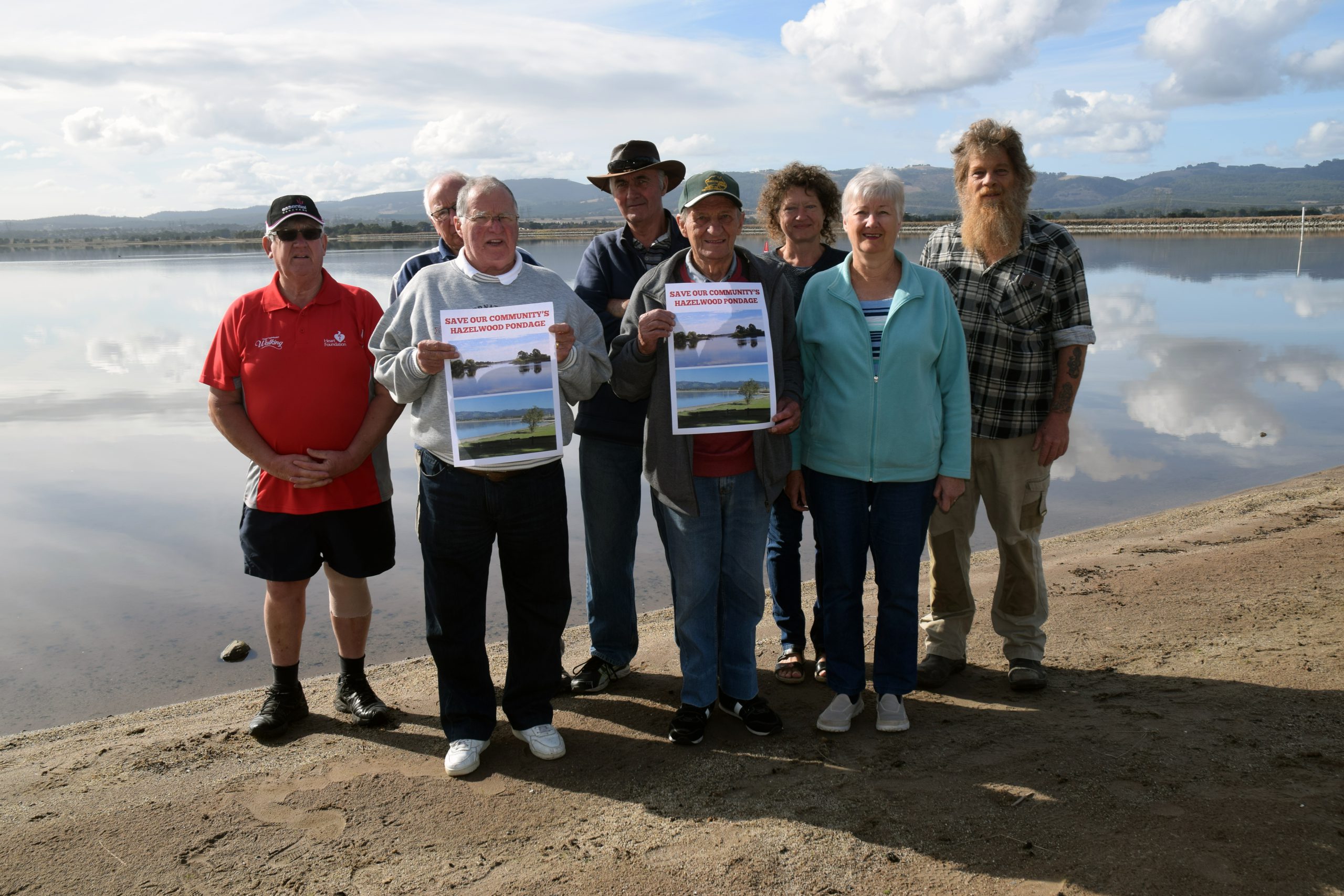Herbert George Macmillan Horne was born in Traralgon on 24 January 1898. He was known as Mac Horne. His father was Dr Herbert Roger Horne, a local medical practitioner and his mother was Flora Macmillan, formerly from Hazelwood Station.
On 7 December 1898 Flora Horne had a dental appointment where two teeth were extracted by the local dentist.
Later that day, her husband, Dr Horne prescribed her morphia to relieve the pain. Dr Horne then left but on returning, found his wife not breathing. An inquest found that Flora Horne died from a self-administrated accidental overdose of morphia. Mac Horne was now without a mother.
The infant Mac Horne was then cared for by his aunt, Amy Syme, Dr Horne’s sister and later by his aunt Mary Horne.
Dr Horne of Traralgon had two periods of service in the Boer War and on both occasions he was seriously injured and was repatriated to Australia. On recovery on the second occasion he resumed medical practice at Broken Hill, White Cliffs and Albury. By 1906 Dr Horne was again practicing medicine in Traralgon and in the following year, became the first person in the Latrobe Valley to own a motor car. On 4 May 1908 Dr Horne crashed his car into the bridge bollard at Sheepwash Creek and on the following day became Latrobe Valley’s first road fatality. Mac Horne was now without a father.
From 1910 to mid-1915 Mac Horne was a pupil at Melbourne Grammar School. On 1 June 1915, at his own expense he embarked on the Marathon at Port Melbourne and sailed to London to join the British Army.
A few days after arrival Mac Horne became Private Horne when he enlisted in the Court of Inns, a part of the Officer Training Corp.
On 11 November 1915 he accepted a commission as a second lieutenant and was immediately appointed to the 19th Battalion of the London Regiment. However, on 16 August 1916 Lieutenant Horne was assigned to the Royal Flying Corp and undertook instruction in military aeronautics and soon afterwards was attached to the 17th Reserve Squadron where he graduated as a pilot.
Upon graduation he was attached to the 49th Squadron, a bomber squadron where he became an Assistant Bombing Instructor.
Soon afterwards he was assigned back to the 17th Reserve Squadron where he was appointed an Assistant Flying Instructor.
On 28 January 1917 Lieutenant Horne was attached to the 59th Squadron, a reconnaissance squadron and the following month he flew with the squadron to France. The squadron was based at La Bellevue Aerodrome south of Arras where it flew reconnaissance missions over the Western Front.
On 13 April 1917 the 59th Squadron was assigned a photo-reconnaissance mission over the Western Front. Six reconnaissance aircraft were allocated to the mission and Lieutenant Horne piloted one of the aircraft to carry the photographic equipment.
The Royal Flying Corp recognised this was a dangerous mission and arranged for British fighters from other squadrons to accompany the flight from the 59th Squadron.
The flight of the British reconnaissance aircraft was sighted by aircrew from the German Army Air Service at La Brayelle Aerodrome west of Douai. German fighter pilots took off to intercept the reconnaissance aircraft. For different reasons, the British fighters failed to accompany the flight from 59th Squadron and within seven minutes the German fighters shot down the six British aircraft.
At 8.56am Friday, 13 April 1917, Lieutenant Horne’s aircraft was shot down by the German ace, Lieutenant Lothar von Richthofen over Pelves, a small village on the River Scarpe.
The Commanding Officer of his squadron was his brother, Captain Manfred von Richthofen who became better known as the Red Baron. Lieutenant HGM Horne’s body was never found and he is one of the missing from the Western Front. He was 19 years of age – a son of Traralgon who paid the supreme sacrifice.










